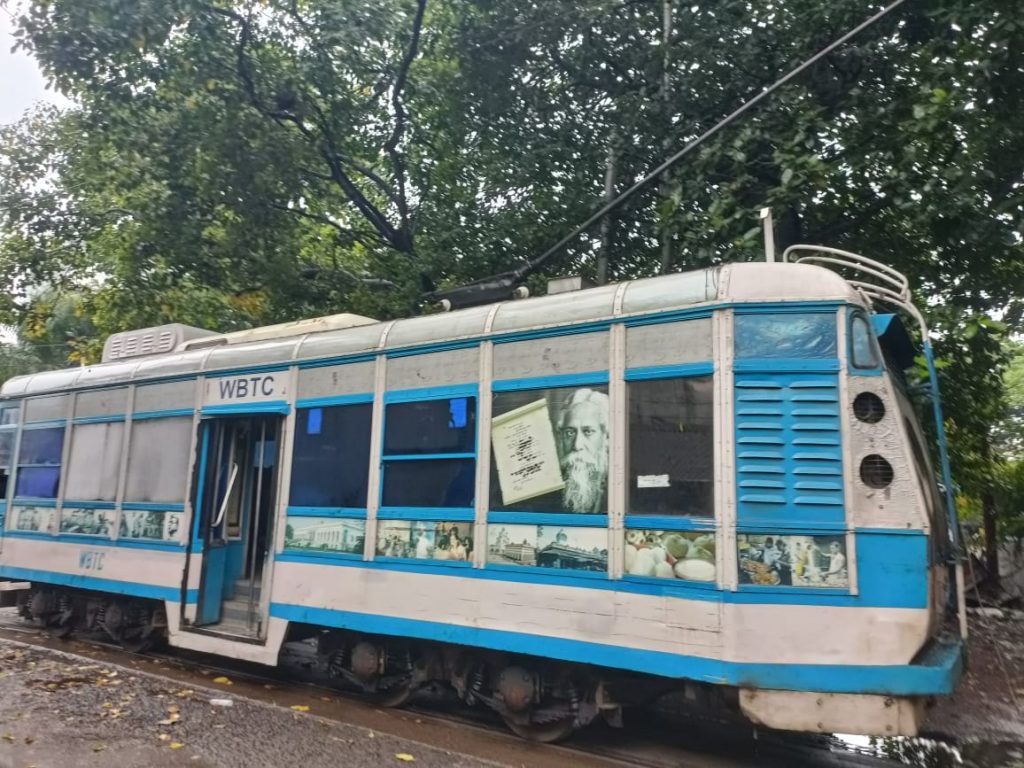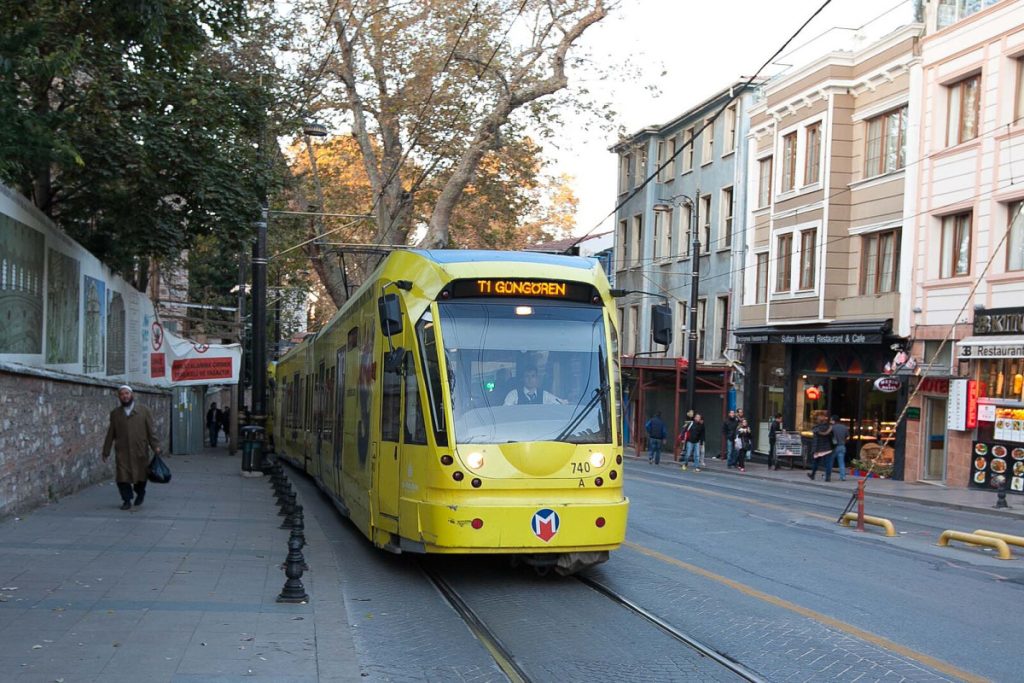Kolkata’s Traffic Woes and Istanbul’s Success: Are Trams the Answer?
The TomTom Index recently ranked Kolkata second in the World for its congestion. A 10-kilometre travel in Kolkata takes 34 minutes 33 seconds, next only to Barranquila in Colombia. This is astonishing as Kolkata was not even in the global top 10 until the 2023 index.
A study conducted by the Centre for Urban Economic Studies in 2015 found that congestion resulted in a decline in productivity, costing Kolkata an annual loss of Rs 2.66 crores, an amount which has compounded exponentially in recent times. The Kolkata government has blamed trams for slow mobility and jams within the city. However, trams now ply as a relic of the past and currently operate only on two routes.
It is saddening to see that over 70 cities, including Sydney, Adelaide and Paris have not only revived trams but also revitalised them.
So why can’t Kolkata do so? The city possesses a chance to modernise the already existing transport infrastructure by taking inspiration from the successful urban renewable models like Istanbul that could transform a neglected historical relic into an effective public transit solution to the growing urban mobility issues within the city. This would ensure that Kolkata has modern transport that aligns with the sustainable goals of the city, that it has a pinch of cultural essence to it, respects the people’s sentiments and is going to reflect upon the origins and evolution of the once-cherished transportation.
Also read: Old Cities Like Kolkata Can Sustain Their Rich Tram Traditions – Istanbul Is an Example
This historical relic first began its operations 152 years ago on the streets of Kolkata. Electric trams came into existence in 1902, becoming the oldest in Asia. At their peak in around 1965, trams had a daily ridership of around 950,000 which were timed to cater different sections of commuters – from fish and vegetable vendors catching trams at 4 am in the morning to the sarkari babus who filled the trams during the peak hours. However, the decline of trams had been underway for a long time. In the 1980s, the Left Front government sought to phase them out, but they were temporarily revived when Robert D’Andrea introduced an art project that boosted their value. Despite this, trams have been in decline ever since.

An unused Kolkata tram. Photo: Joydeep Sarkar.
The authorities made negligible investments to upgrade the tram and its infrastructure despite it having the cheapest maintenance costs within the transportation system. The last time trams were purchased and tracks were extended was in 1984 when the World Bank gave around Rs 108 crore as part of the Urban Transport Project.
The government has been unable to maintain trams and certain measures taken by the Kolkata government showcase their lack of interest in reviving trams. This includes closing popular tram routes for metro construction and Municipal corporation projects, illegal bituminization of the tram lines and decongesting them, which resulted in people dodging traffic to take a tram. This made trams a secondary commute option for people as until 2017-18 the daily ridership came down to 14000-15000. The logic of the government to discontinue trams smells of corruption, and a political move as the administration surely is eyeing the tram depots that are being sold to private companies. With a high vehicular density of 2448 vehicles per kilometre with only 6% of the city area under the road network makes it unable to handle the car bulge. Thus, prioritising trams is crucial to increasing the passenger capacity as they can carry more people than other forms of public transport like buses. Kolkata trams are on the wrong route, unlike in Istanbul, where significant efforts to modernise trams have made them essential for urban mobility.
In the 1980s Istanbul witnessed what Kolkata is experiencing today. The city was gridlocked due to traffic congestion and was suffering from debilitating air pollution. However, the city beautifully revived its tram system over the years. Today, it carries a significant share of the city’s population, making trams one of the major public transit options in Istanbul. The city authorities are rapidly expanding the tram network, integrating it with other modes of transport like metro lines, funiculars, maritime transportation, etc. The two famous tram lines T2 (European) and T3 (Asian) offer a nostalgic experience preserving the cultural heritage of the city, while the other modernised lines cater to the needs of the population. Technology is devised in order to ensure a hassle-free experience for the passengers who can track real-time traffic through an Intelligent Transport System. The best part about Istanbul’s trams are their dedicated tracks and high frequency (they arrive every 5 to 10 minutes), ensuring efficient and widespread commuter use.

Representative image of an Istanbul tram. Photo: Wikimedia Commons.
Kolkata too can enhance its tram network to function as feeders connecting metro routes, helping to reduce congestion. This improvement would enable people to settle more confidently in the suburbs, alleviating the pressure created by skyrocketing real estate prices within the city, similar to the situation in Istanbul.
If this approach is implemented, the new residential blocks being constructed on both sides of the Adi Ganga could be connected by trams running between the Garia and Kamalgazi areas with Narenderpur and Sonarpur. Modernising the tram system by increasing their speed, ensuring accessibility every 5-10 minutes, allocating dedicated spaces, and installing traffic signals can draw people towards prioritising trams over other modes of transport, even during peak hours.
Furthermore, any previously existing elevated sections should be reinstated to prevent other vehicles from encroaching on tram lines. It is also crucial to establish dedicated boarding areas for commuters to ensure a hassle-free experience. By following these strategies, which include drawing inspiration from Istanbul and leveraging technology, Kolkata can revitalise its tram system while ensuring multi-modal connectivity with all other forms of transportation.
Trams offer a highly sustainable solution for urban mobility issues, as they have lower emissions and consume less electricity per passenger-mile compared to several other transport options. The city must ensure that this historical mode of transport becomes an integral part of daily commutes again, while also preserving its cultural heritage.
Animesh Choudhary Sanyal is a Master of Public Policy Student at Jindal School of Government and Public Policy, O.P. Jindal Global University.
Namesh Killemsetty is an Associate Professor and Associate Dean (Academic Affairs) at Jindal School of Government and Public Policy, O.P. Jindal Global University.
This article went live on April twenty-sixth, two thousand twenty five, at forty minutes past one in the afternoon.The Wire is now on WhatsApp. Follow our channel for sharp analysis and opinions on the latest developments.




